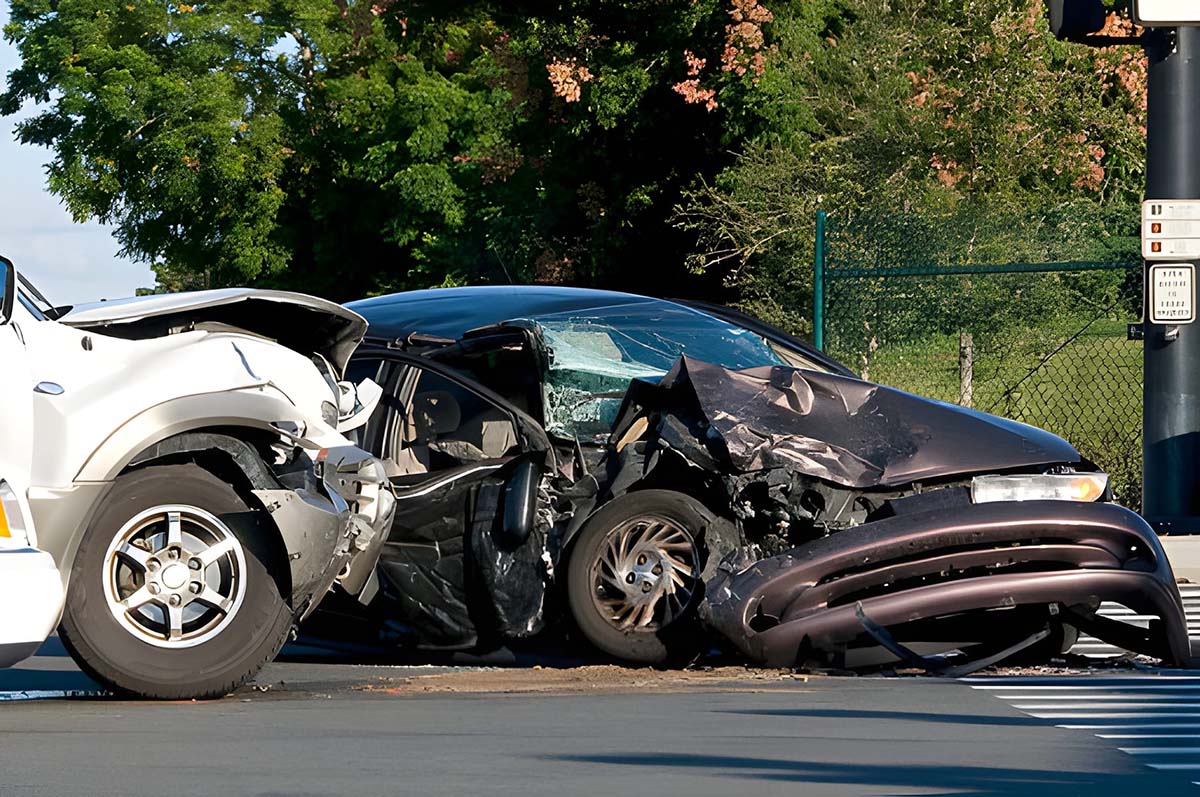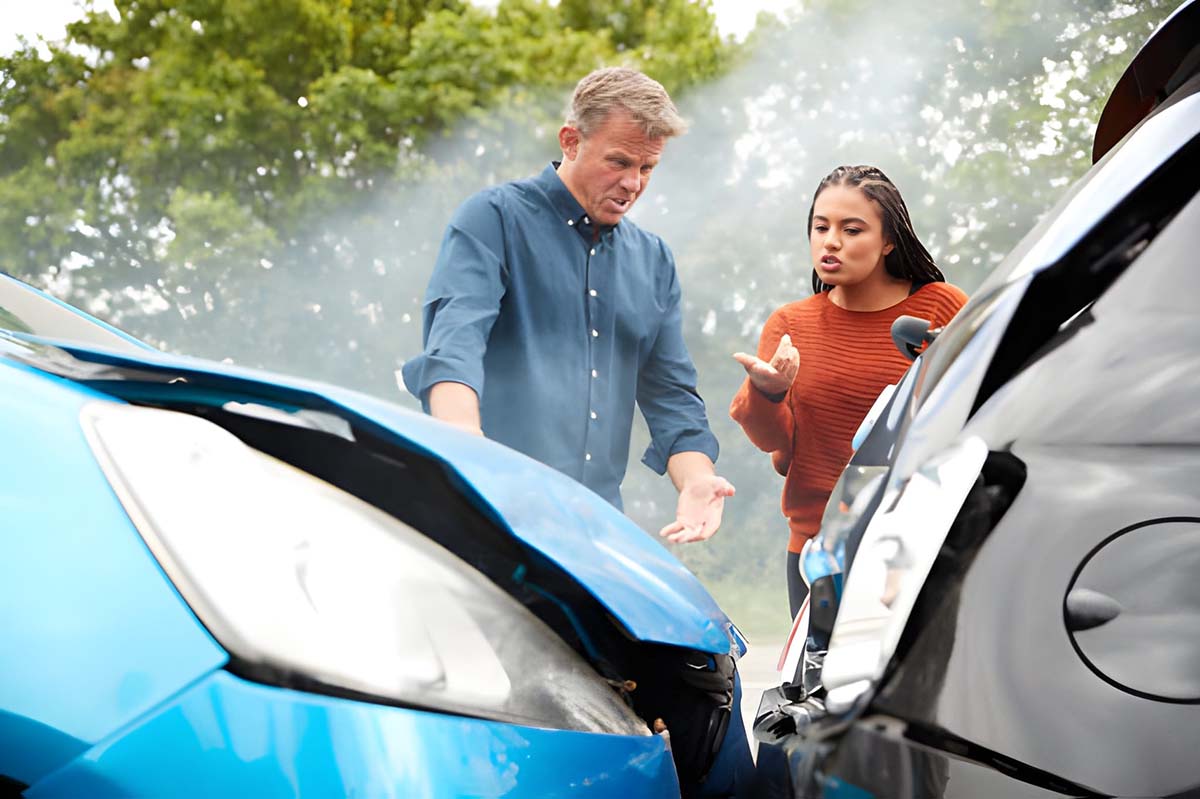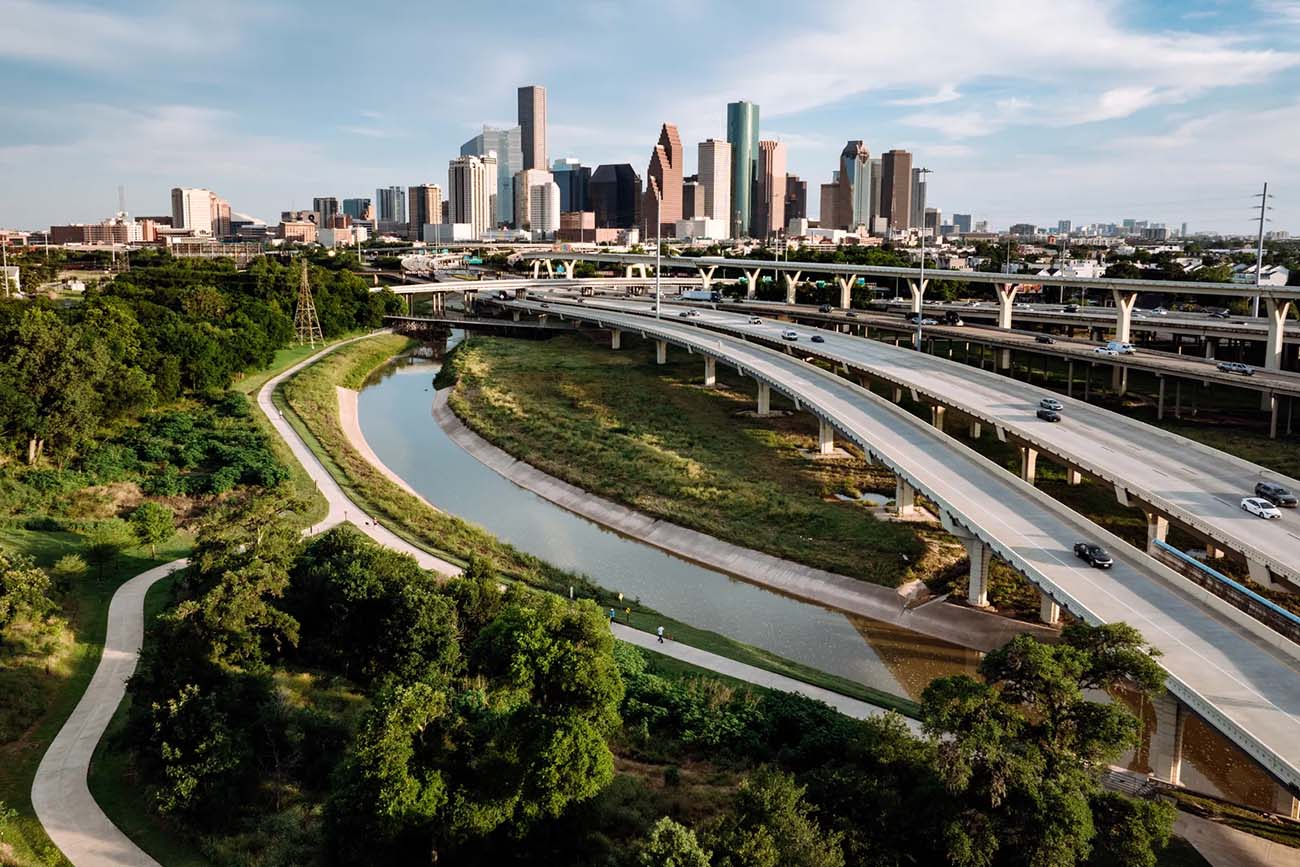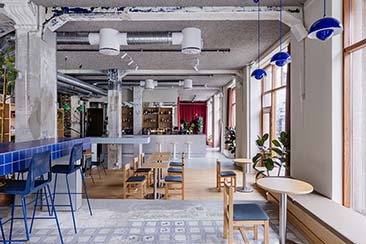Drivers race the yellow light constantly. It’s become normal behavior. Someone sees the light turn yellow and accelerates to beat it rather than slowing down. Another driver is already committed to going through. They collide in the middle of the intersection. Houston‘s high intersection-collision rate reflects this aggressive driving culture.
Traffic lights exist to prevent exactly these crashes. When drivers ignore them or misjudge timing, collisions happen predictably. Understanding why intersections are high-risk helps you navigate them carefully and avoid becoming another statistic.
How drivers racing the yellow or blocking intersections create danger comes down to impatience and poor judgment. A yellow light means prepare to stop. Drivers misinterpret it as accelerate to clear the intersection. That misinterpretation puts them on a collision course with cross-traffic that has a green light. The physics of that meeting is brutal. T-bone crashes happen at high speeds with minimal protection.
Learning a breakdown of red and yellow light accidents in Houston and how to avoid them transforms defensive awareness into actionable habits, which means understanding red and yellow light accidents Houston means driving with specific knowledge of intersection danger.

Why Intersections Are High-Risk
Speeding, distraction, and misjudged timing combine to create dangerous intersection scenarios. A driver speeding through an intersection can’t stop even if warning signs appear. A distracted driver doesn’t see the light or oncoming traffic. A driver misjudges how quickly they can clear the intersection before cross-traffic arrives. These individual mistakes become collision risk.
Traffic volume and signal visibility create environmental factors that worsen collision risk. Houston’s heavy traffic means intersections are congested. Visibility gets reduced by surrounding vehicles. Traffic signals sometimes have poor sight lines. These conditions make split-second decisions harder.
Frequent left-turn and T-bone crashes demonstrate the specific danger patterns. Left-turn crashes happen when drivers misjudge gaps in oncoming traffic or don’t see approaching vehicles. T-bone crashes happen when vehicles collide at right angles, creating severe damage because the vehicle’s side provides minimal protection.
The Law on Signals
Definitions of red versus yellow light under Texas law are clear but often misunderstood. A red light means stop. You must come to a complete stop and wait for the light to turn green. A yellow light means prepare to stop. If you can safely stop, you should. If you’re too close, you proceed with caution. You don’t accelerate to beat a yellow light. That’s not legal and it’s dangerous.
Common misunderstandings about clearing the intersection create most of the problems. Drivers think a yellow light means they have the right to cross as long as they enter the intersection before the light turns red. That interpretation is wrong. The light changing to red while you’re in the intersection doesn’t make your crossing legal. It makes it negligent.
Camera enforcement and evidence use means traffic cameras at intersections record violations. Red-light cameras photograph vehicles running red lights. That photographic evidence is used to issue citations. The cameras don’t create the danger. They document it. Drivers running red lights create the danger. Cameras just prove it happened.

Proving Fault After a Light Crash
Witness statements matter because they corroborate what the light colors were at the moment of collision. Multiple witnesses seeing the same light sequence creates strong evidence of fault. Insurance adjusters pay attention to witness testimony.
Traffic-cam footage from business or intersection cameras provides objective evidence of what happened. If a camera captured the collision and the light sequence, that footage is gold. It eliminates he-said-she-said disputes. It shows exactly what happened.
Reconstruction experts analyse crash physics and damage patterns to determine angles and speeds. They can sometimes determine which vehicle had the green light based on impact patterns. Their testimony carries weight in court.
How insurance adjusters assign blame involves analysing police reports, witness testimony, and evidence. They apply traffic laws to determine fault. Running a red light makes you liable. It’s straightforward.
Staying Safer at Busy Crossings
Anticipating stale yellows means understanding that not all yellow lights have the same duration. Some change quickly to red. You can’t assume you have time to race through. Assume the light could turn red while you’re crossing. Plan accordingly.
Avoiding last-second turns means not making left turns at yellow lights when traffic is heavy. That’s when T-bone crashes happen. Wait for the next cycle. The few seconds saved don’t justify the risk.
Advocating for better timing and visibility means supporting city initiatives to improve intersection safety. Some intersections have been redesigned to reduce crashes. Traffic signal timing has been adjusted. Visibility has been improved. These changes work. Supporting them protects everyone.
Conclusion
Recapping causes and legal challenges means understanding that intersection crashes aren’t random. They result from driver choices and traffic dynamics that are predictable and often preventable.
Encouraging defensive driving habits means approaching every intersection with caution regardless of light colour. Assume other drivers might run red lights. Stay alert. Give yourself time to react.
Understanding red and yellow light accidents Houston for safer commutes means driving with specific knowledge of these danger patterns and making choices that keep you and others safe.








